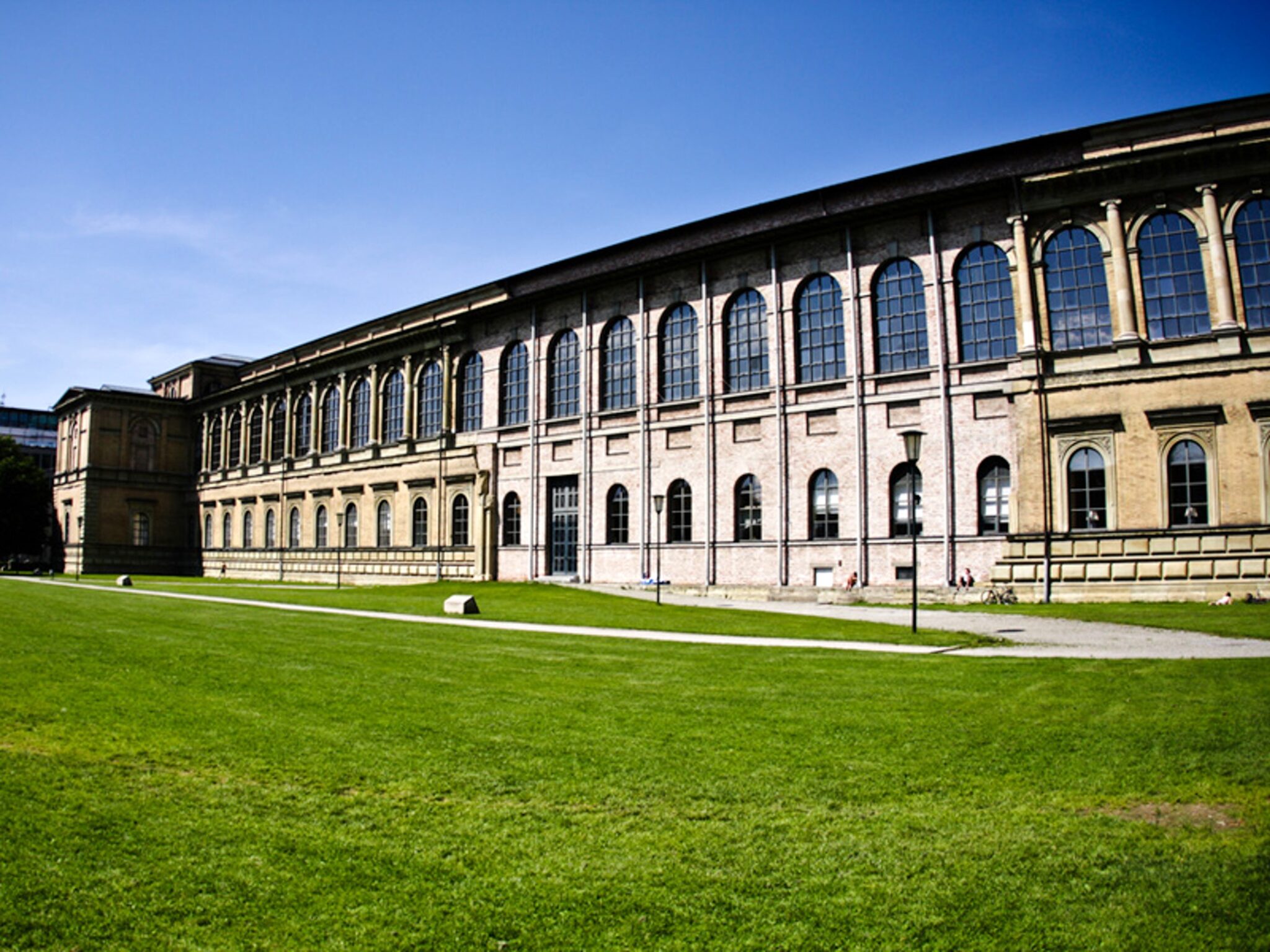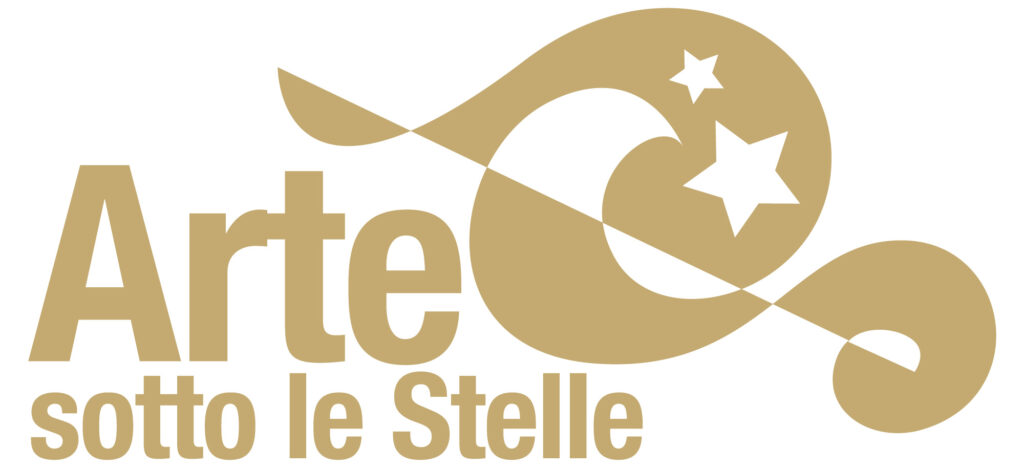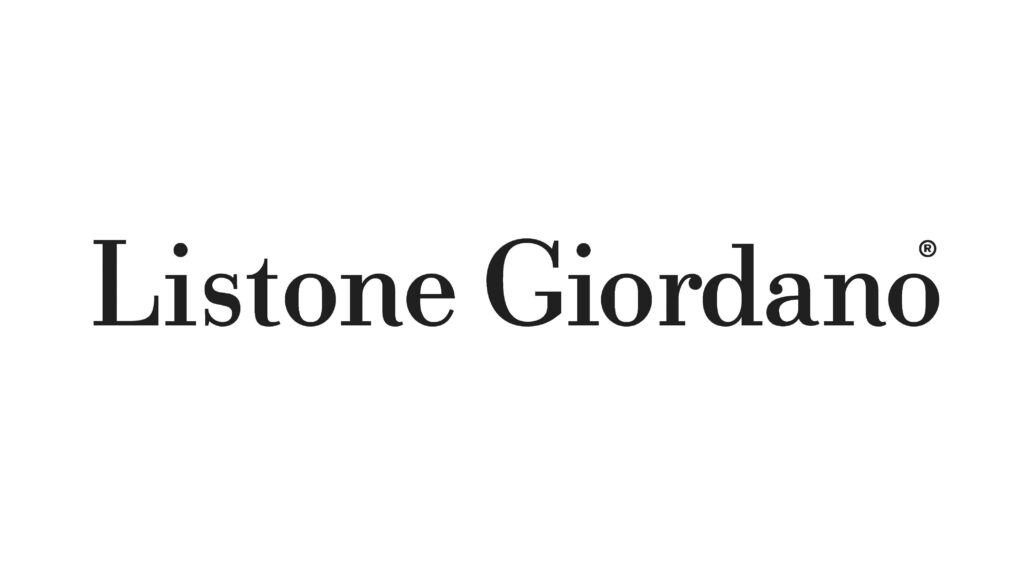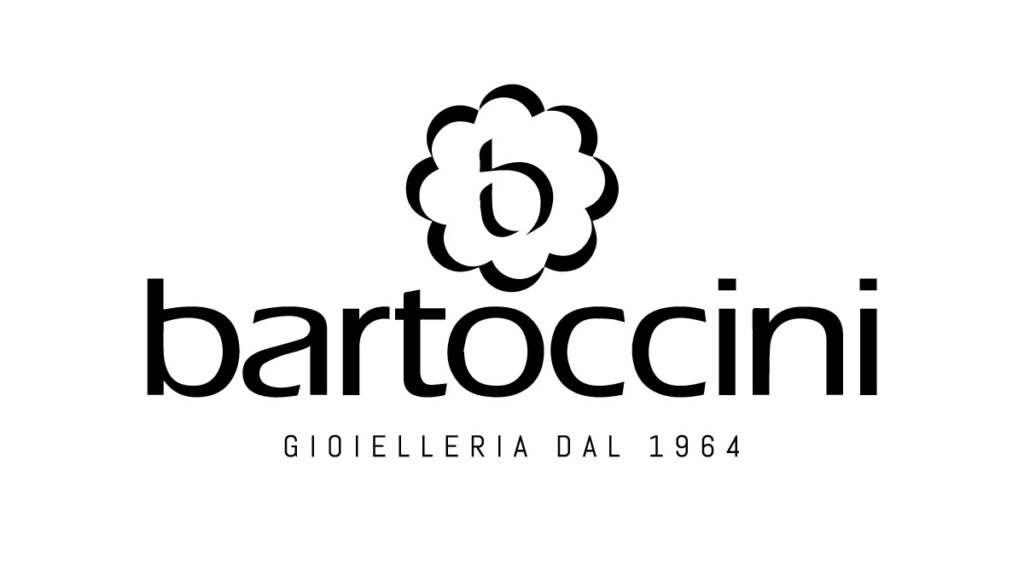Alte Pinakothek – Munich
Located in the Kunstareal of Munich, Germany, the Alte Pinakothek houses one of the oldest and richest galleries in the world. The name, which literally translates to Old Art Gallery, refers to the historical period of the works it preserves (unlike the Neue Pinakothek, dedicated to the art of the nineteenth century, and the Pinakothek der Moderne, for contemporary art).
The origins of today’s art collection date back to around 1530, when Duke William IV of Bavaria, in order to adorn his residence in Munich, commissioned several contemporary painters to paint a series of historical-themed paintings (subjects ranged from ancient Greece to Rome, to Jewish and early Christian history).
Over the following centuries, the art collection of the Electors, Kings and Dukes of the Wittelsbach family in Bavaria was enriched with numerous works by the greatest masters, not only Germans, but coming from all over Europe.
In 1836 the Pinakothek was officially inaugurated, whose structure was commissioned to the architect Leo von Klenz by Ludwig I of Bavaria (the last and largest of the collectors of the Wittelsbach family) to house the precious collection that has grown over the centuries.
The classical structure of the museum also became the archetype of museum architecture throughout Europe.
Currently, the Alte Pinakothek houses a large collection, among the most important in the world, and covers a period ranging from the thirteenth to the eighteenth century, showing the evolution of art from the Middle Ages to the Renaissance, up to the Baroque and the late Rococo.
The most amazing painters of all schools are represented by numerous masterpieces, with names such as Rogier van der Weyden and Memling, Altdorfer and Cranach, Jan Brueghel the Elder and Van Dyck, Raphael and Titian, Rembrandt and Frans Hals, Poussin and Murillo.
The most amazing painters of all schools are represented by numerous masterpieces, with names such as Rogier van der Weyden and Memling, Altdorfer and Cranach, Jan Brueghel the Elder and Van Dyck, Raphael and Titian, Rembrandt and Frans Hals, Poussin and Murillo.
About 700 paintings by Italian, German, Dutch, Flemish, French and Spanish authors are on display.











